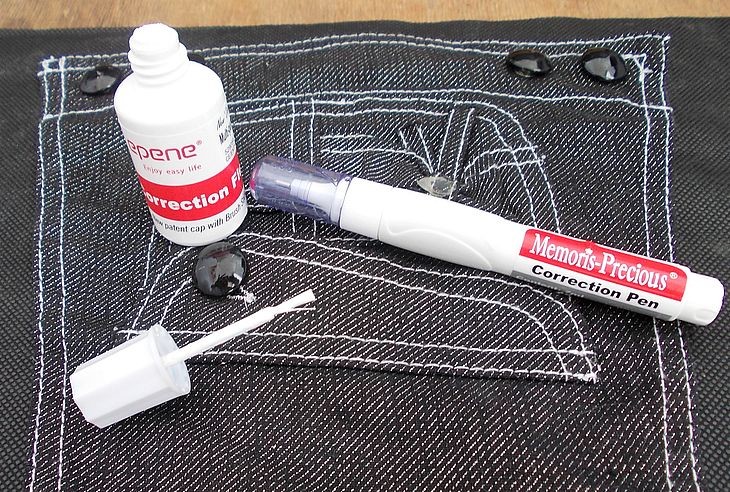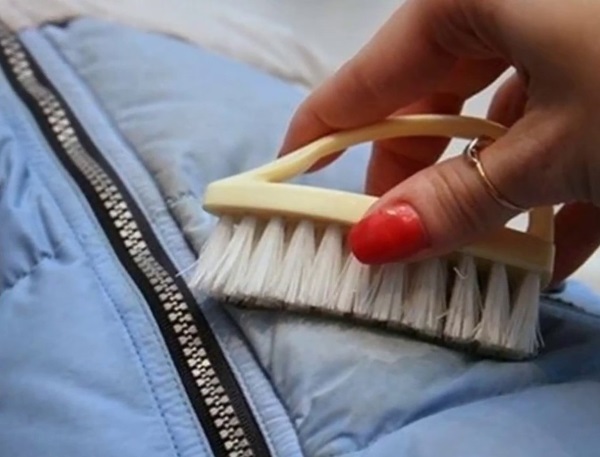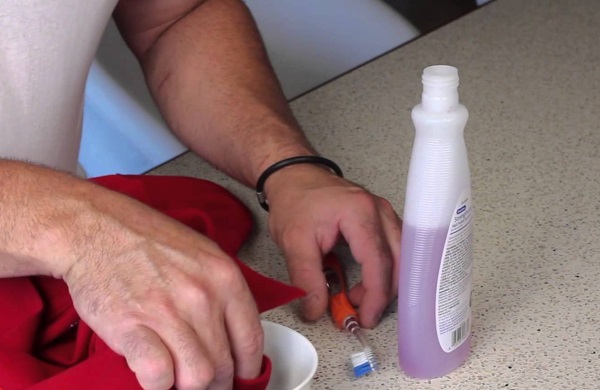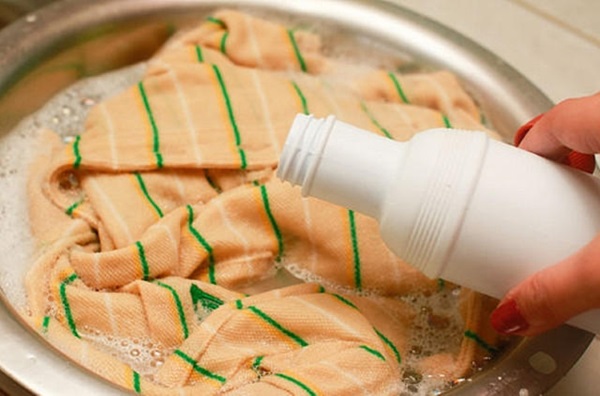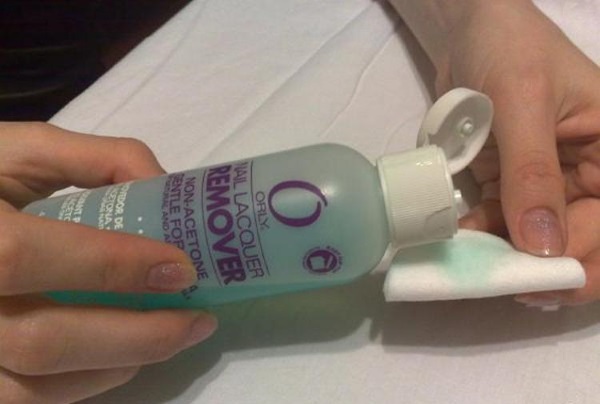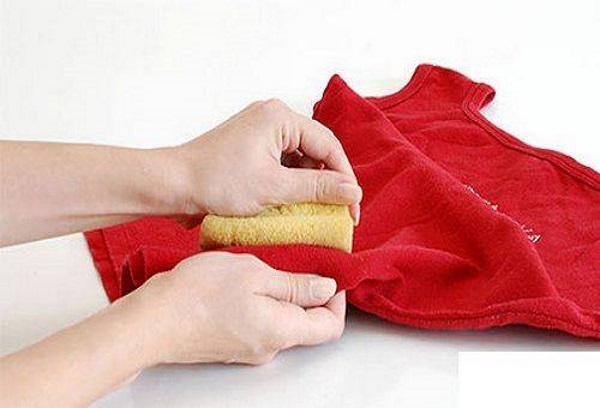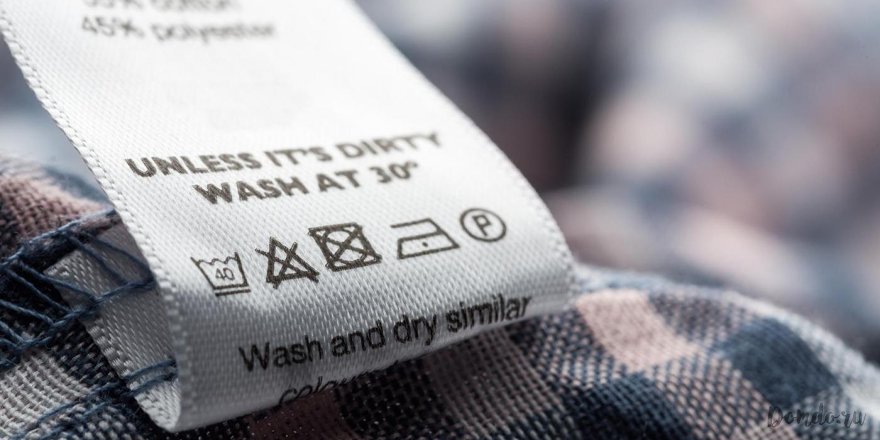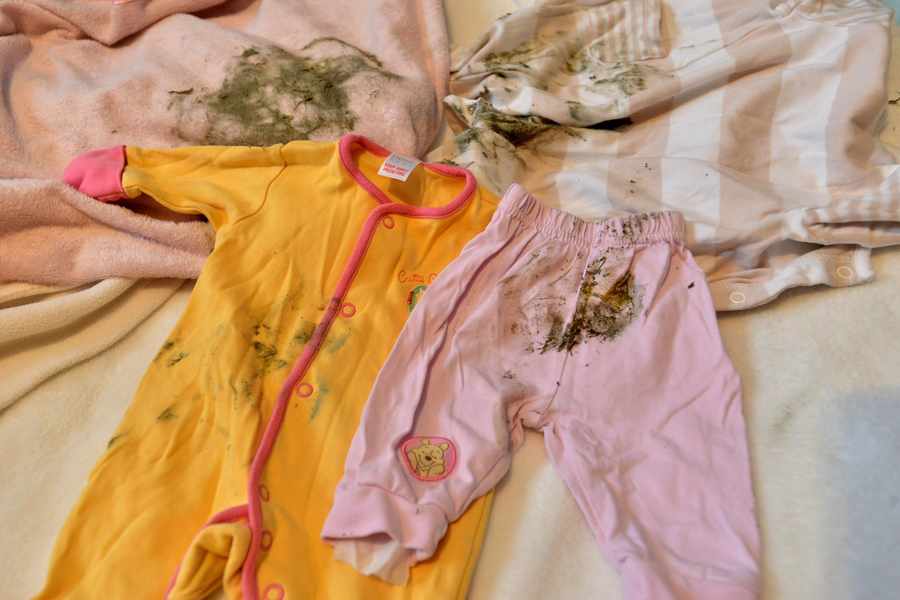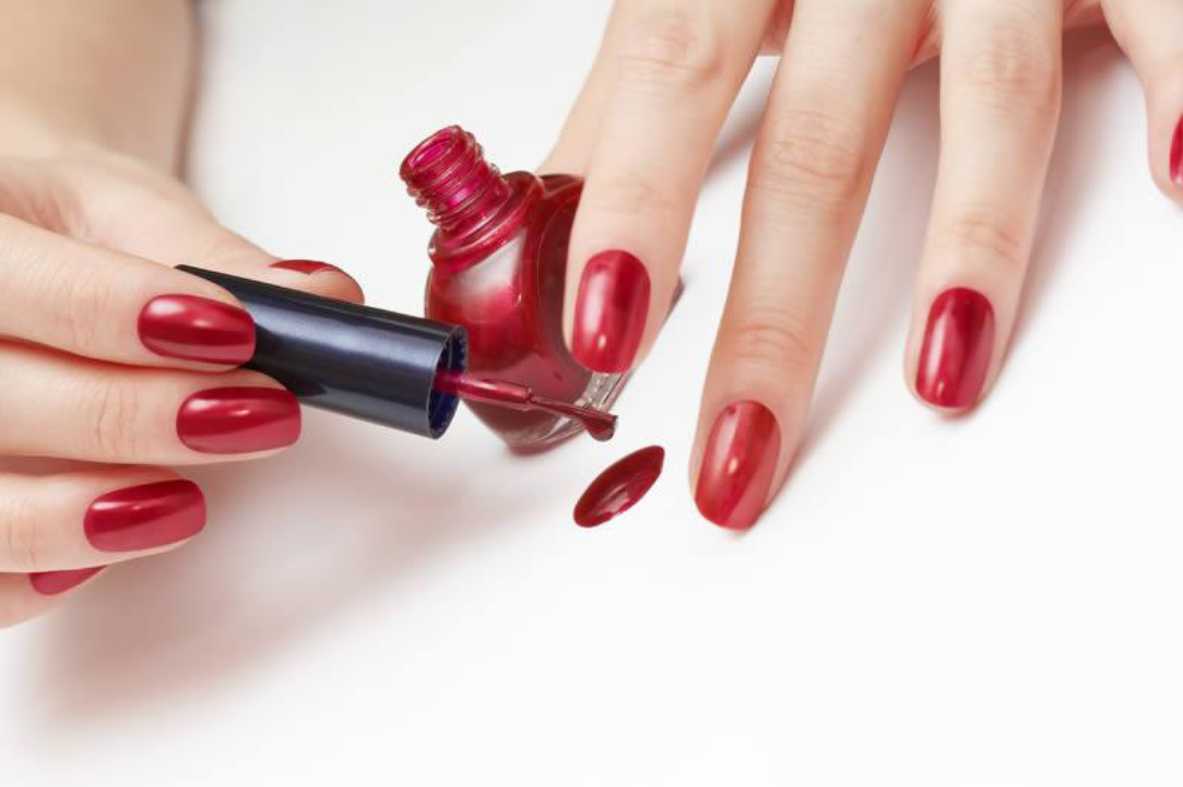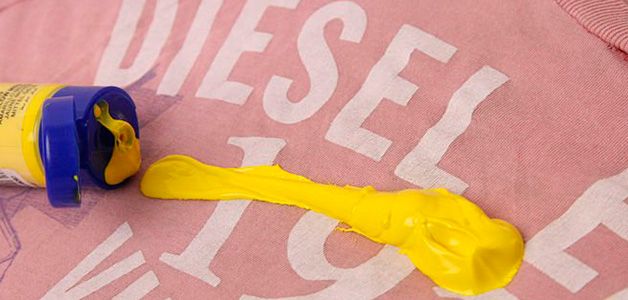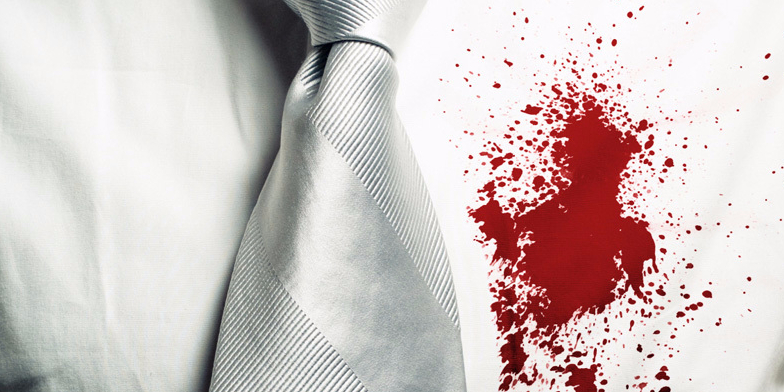Office workers and parents of schoolchildren are well aware of the problem of stationery marks appearing on clothes. One of such necessary tools is correction fluid, called a corrector. With its help, it is easy to make corrections to a written text or drawing. But such a useful thing sometimes becomes the cause of damage to expensive things. Since you don’t want to part with your favorite things at all, it is important to figure out how to wash off the corrector from clothes. To do this, it is enough to listen to the advice of the same ordinary people.
Preparation
To successfully deal with a stain, you must act immediately. If you leave it for several days, it will be much more difficult to remove the stain. In this case, you need to follow the rules:
- A spilled corrector should not be thrown away. Careful study of the instructions or simply the label on the jar will help determine its type;
- After determining the type of corrector, it is necessary to select a cleaning method;
- Treatment should begin immediately after identifying the stain.
When choosing a cleaning method, it is important to consider the type of fabric. If velvet, silk, or velour items are dirty, it is not recommended to clean them at home. It is better to contact dry cleaning specialists. If we are talking about fabrics that are more resistant to chemical and physical influences, you can try to cope with it yourself.
Many people want to know how to wash off putty with regular powder. It depends on the type of correction fluid. There are three main types of corrector that are commonly used in everyday life:
- Alcohol based;
- Emulsion;
- Water based.
The easiest to clean is considered to be a water-based putty.Before removing putty from clothing, you can try freezing the stain. To do this, place the item in the freezer for about half an hour.
In most cases, the substance itself will begin to crack and peel off in small particles. In this case, it is only necessary to treat the surface with a dry brush. If the expected effect is not achieved, you can try to freeze the item again.
In cases where this method has not yielded results, it is necessary to use others. This usually indicates a more complex composition of the product, which is resistant to low temperatures.
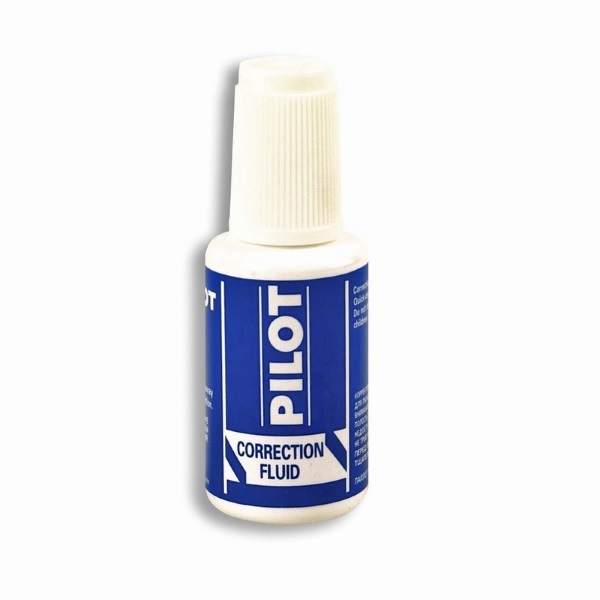
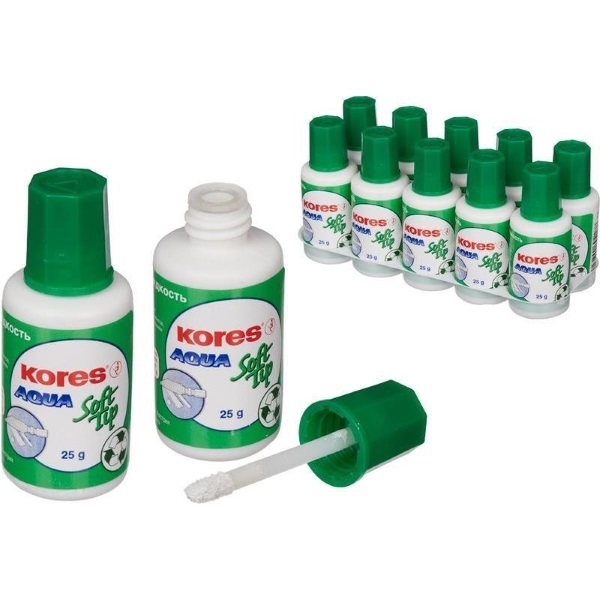
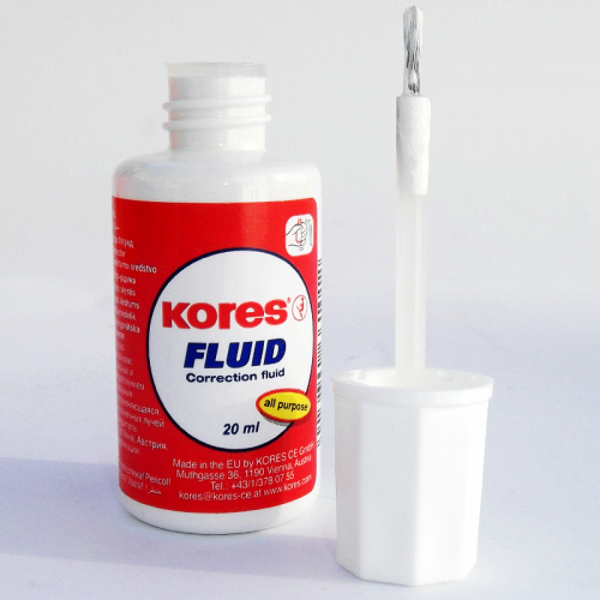
Methods for removing stains
Fresh traces of correction fluid on clothes can be simply wiped off. A regular wet wipe, which is found in almost all women's handbags, will do. It is important to follow the rule: move from the edges to the center of the stain. If you can't find a wet wipe, you can use a paper handkerchief.When treating delicate fabrics, it is recommended to turn the item inside out before wiping off stains from the corrector.
Water based
This putty is considered the most environmentally friendly, since water acts as a solvent in it. When such a liquid dries, it is simply diluted with water and continues to be used for its intended purpose. It dries longer, which can play into the hands of the owner of the stained clothes.
How to remove concealer from clothes if it is water-based? There are several methods for getting rid of stains:
- Standard machine wash with soaking. To do this, before cleaning the surface of the garment from the stroke, the item must be soaked in cold water with soap dissolved in it. In order for the cleaning agent to work, it is necessary to leave the product in the solution for half an hour. After this, the treated item must be sent to the washing machine. When choosing a washing mode, you need to start from the degree of contamination and the type of fabric;
- Washing with pre-treatment. You can remove a stain from corrector from clothes by washing the item under running water. For such washing, you need to use laundry soap.
How to wash off water-based corrector if the stain is small? Simply add washing powder to a basin of hot water and wash the item.

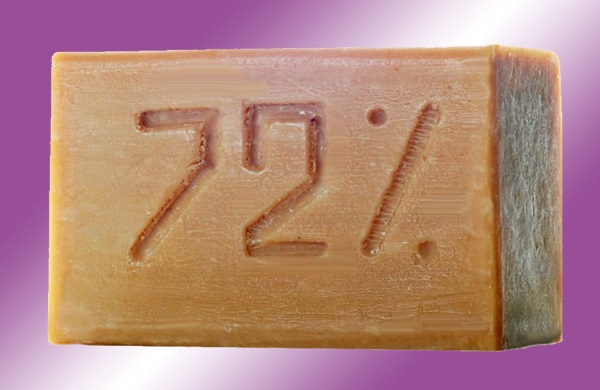

Alcoholic
Alcohol correctors are characterized by fast drying and a strong smell. How to wash corrector from clothes at home if it consists of water and alcohol?
How to remove a stain from a corrector on clothes if it is emulsion-based? This type of contamination is the most difficult to remove. Since such corrective putties are rare, before removing the stroke, you need to prepare everything necessary for the processing process:
- Cleaning chemical;
- Cotton pad or tampon;
- Clean white fabric;
- Napkin.
All this will allow you to complete all stages of cleaning without interrupting the process.If alcohol corrector gets on your clothes, you need to act quickly. Denatured alcohol cleans clothes from putty well. To do this, you need to do the following:
- Gauze folded in several layers or white cotton cloth should be applied to the contaminated area;
- Then treat the stain on the front surface with a cotton pad soaked in alcohol;
- After cleaning, the product should be thoroughly rinsed in clean water;
- Then you need to hang the item out to dry naturally.
How to remove office putty? Oil or emulsion correctors can be removed with the following substances:
- Kerosene;
- White spirit;
- Alcohol (methylated);
- With ammonia solution;
- Acetone (or any nail polish remover);
- A solvent used to thin paint.
Gasoline is effective, but it leaves a persistent smell on clothes that is difficult to get rid of. After treatment, you will have to wash the item several times to remove the persistent smell. Only purified gasoline is used. It is purchased in stores, not at gas stations.
If items are soiled with such a corrector, they cannot be washed or soaked. Instead, you need to brush off the dried residue with a brush, then apply a stain remover to the inside. Before removing a stroke stain, it is better to put a white cloth under the surface.
Whatever solvent you choose to remove a corrector stain from clothing, you should follow the following procedure:
- Apply a few drops of the chemical to the contaminated area and distribute it using a cotton swab;
- Record the time and begin processing after 15 minutes;
- Then soak a cotton pad in the liquid and gently scrape the stain from the edges to the center;
- After this, the stain must be blotted with a paper towel or napkin and the item must be put into the washing machine.
Before using any cleaning agent, it is necessary to test it on the fabric. To do this, it is enough to apply a small amount to the seam or another inconspicuous part of the product.
Alcohol corrector is quite difficult to clean. Before washing the putty off clothes, it is best to let it dry and then try to remove it with a brush. If the entire stain is not gone, you can try to wash off the putty with a swab soaked in cosmetic toner, cologne or vodka. The cleaned item should be washed in the machine to consolidate the result.



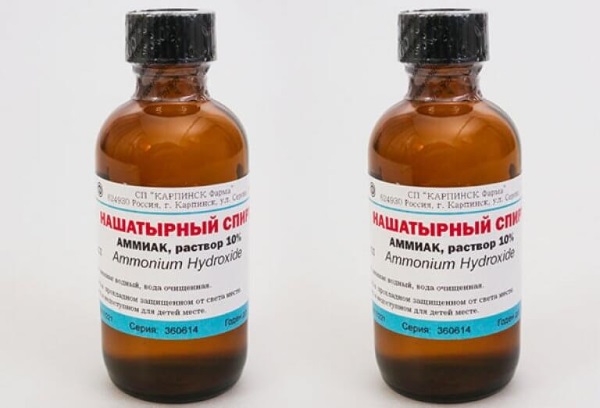
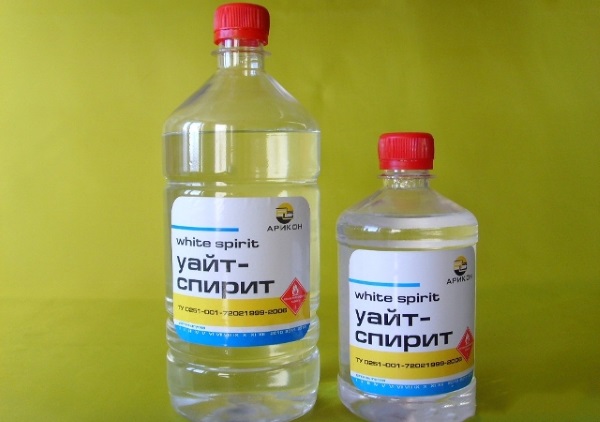
Solvent based
Solvent-based correctors are usually produced in the form of pencils or original pens. Due to their unique composition, they can be applied as accurately and thinly as possible.
Before removing a concealer stain from clothing, you need to select a product and test it on an inconspicuous area of the clothing.Next, you should remove the annoying stain step by step:
- First, it is important to decide on the substance to be used:
- Various types of chemicals may be used on standard fabrics;
- If the fabric is thick, kerosene or purified gasoline can be used;
- It is better not to treat thin fabrics yourself.
- If the stain has been there for a long time, clean the corrector with an old toothbrush or soft clothes brush. In many cases, most of the stain is removed;
- The product must be turned inside out and a cloth must be placed under the dirty area;
- Then soak a cotton swab or disk in the cleaner. If there are only small splashes of putty on the fabric, it is enough to take a cotton swab and use it to carefully treat the barely noticeable traces of the splashes;
- After the dirtiest area has been cleaned, the item should be washed in a soap solution or using a high-quality powder.
Corrector stroke
A separate group of dry corrector is putty rollers. They are a twisted tape placed in a plastic case. It is applied by pressing the roller on the paper. The chemical composition provides good coverage. However, if you are careless with the stationery, you can stick the tape to your clothes. In this case, a problem arises: how to wash off the stuck strip of white solidified liquid. Solid corrector is removed simply:
- Soak the item in soapy water for 40-60 minutes. When soaking, the water should be cool;
- Then carefully remove the line from the clothes. If it is removed with tape, it will be enough to wash the product in the machine, setting the delicate mode, and forget about the problem.
A particularly serious problem is ingrained corrector. It is difficult to remove. And the above methods can be completely ineffective. In these cases, it is worth using special methods of action on difficult stains.
Application of a nail file:
- Before removing a corrector stain, the item must be laid out on a hard surface;
- Place a piece of cloth underneath it to absorb excess moisture and prevent the area of contamination from expanding;
- Soak a cotton pad in an alcohol-containing substance and wipe the stain with it;
- The resulting stains can be removed by washing. For this purpose, you need to choose a liquid powder combined with conditioner;
- The item itself should be dried in a ventilated room. It is not recommended to use heating devices for drying, as the smell will remain and the quality of the fabric may be damaged.
Chemical treatment. If you need to remove a more stubborn putty stain, you will need chemicals. The following cleaning agents are suitable as cleaning agents:
- Ammonia solution;
- Solvent;
- Nail polish remover;
- Acetone.
To remove the putty, it is enough to soak only the top layer of the fabric. More thorough smearing leads to deeper damage to the product. The cleaning agent itself must be washed off in time with clean water.
Using specialized products. If standard recipes for removing corrector from clothing do not help, in some cases it is possible to use specialized stain removers. However, after using them, you must quickly and thoroughly wash the item. Since manufacturers offer a wide range of different products, it is necessary to select it for each case, taking into account the possibility of using the cleaner on a particular fabric.
General recommendations
There are a number of recommendations that are relevant for any type of corrector contamination:
- If a chemical is used as a cleaning agent (whether acetone or gasoline), it should not be rubbed into the fabric, as this will damage the fibers. In this case, you need to apply the product to the dirty surface as carefully as possible;
- To prevent the substance from spreading and to prevent further smearing on the fabric, it is necessary to place a clean, unnecessary piece of fabric under the item. It is also recommended to wet the area around the stain with water so that the solvent does not spread over a large area;
- If the corrector has dried before processing, you can try to file it off with a nail file, and only then begin to get rid of the putty on your clothes;
- Delicate or thin fabrics are treated only from the reverse side. In this case, the likelihood of new stains appearing on the front side is minimized;
- Solvents or other chemicals should not be allowed to remain on the surface of the fabric for a long time. Once the contamination has been removed, any remaining products should be removed immediately;
- If you don't have any solvents at hand, you can use alcohol. It is important that it is transparent. Applying cognac or tinctures is prohibited, as they leave stains and worsen the situation. This method is applicable before important meetings, when there is simply no time to wash clothes from the corrector;
- When washing, the water should not be too hot. But it is better to choose a mode with maximum revolutions so that the remains of the used product are washed out better;
- Before you wipe a streak off your clothes, you need to think several times. After you find a fresh stain, you should not try to smear it, as this will lead to deeper penetration of the substance into the fabric fibers;
- Perfumes and eau de toilette should not be used for cleaning. They do not contain enough alcohol to remove dirt, but the essential oils they contain leave a strong smell. It is very difficult to get rid of it later;
- To minimize the likelihood of contamination with the barcode tape, it is recommended to purchase models with a transparent case. In this case, you can promptly notice the tape break or twist.
You should not avoid using ready-made products to remove putty stains. For those who regularly use corrective putty, it is recommended to purchase a special product for removing such stains. It is sold in the same place as the corrector itself. The product contains instructions for its use. The most well-known version of the cleaner is "Anti-Strike". This is a liquid that allows you to get rid of stains on almost any fabric in the shortest possible time. It is used as follows:
- The resulting contamination dries out a little;
- After which the place is cleaned using dry cleaning;
- The product is applied to the contaminated surface;
- Then the cleaned area should be blotted with a clean napkin;
- After this, the fabric is left to dry;
- If necessary, the cleaning process can be repeated.
Timely detection and cleaning of clothes from corrective putty stains will allow you to keep the item in proper condition. And the use of gentle means will allow you to eliminate annoying mistakes without harming the appearance of the clothes and the structure of the fibers of the material.
Video

